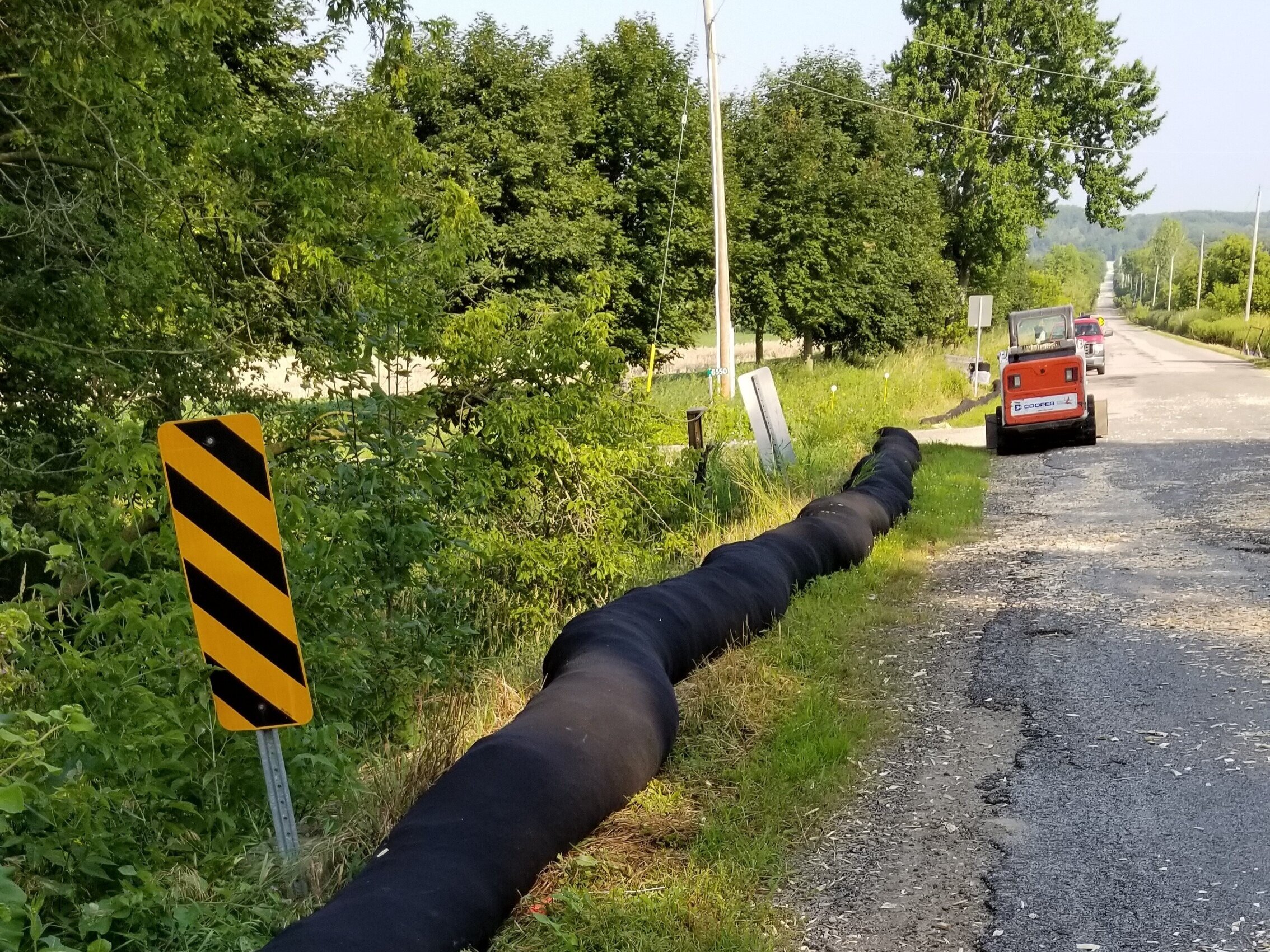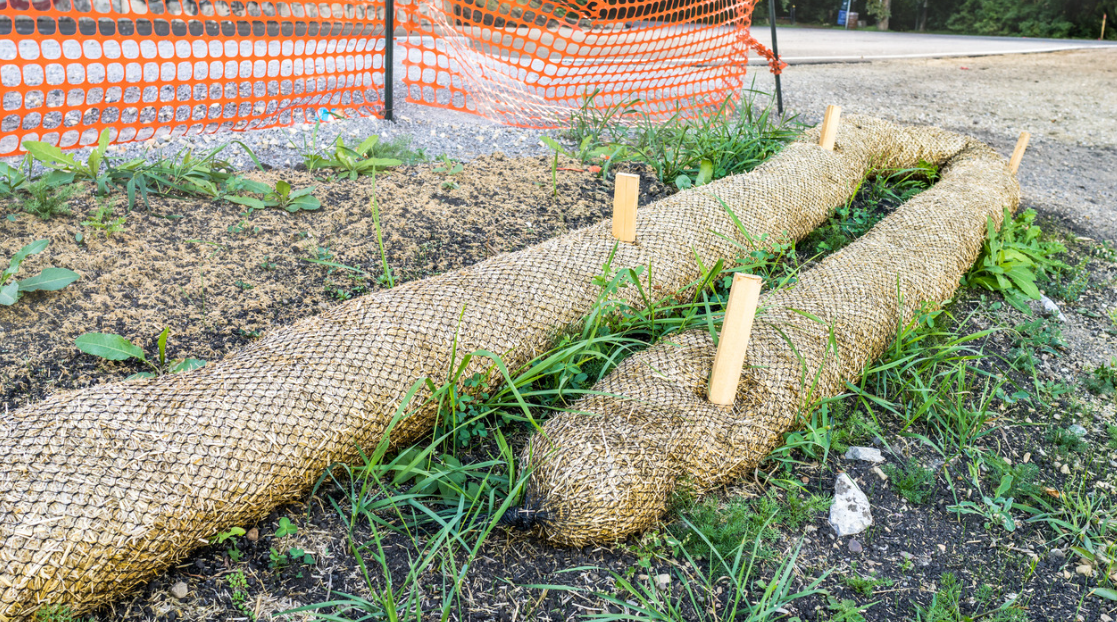Finest Practices for Erosion Control in Building Projects
Are you working on a building job and worried about disintegration control? In this post, we will certainly assist you via the finest methods for stopping erosion on your website. hydroseeding. Get prepared to take on erosion head-on and ensure the success of your building task.
5 Essential Disintegration Control Techniques

To effectively control disintegration on your construction site, you'll require to execute essential techniques such as incline stabilization and debris control steps. Slope stablizing is important in protecting against dirt disintegration on high slopes. One more efficient strategy is the usage of disintegration control blankets or mats, which are positioned on the slope and help maintain dirt fragments while enabling vegetation to expand.
Effective Sediment and Overflow Management

You can properly take care of debris and drainage in your construction project by executing proper disintegration control measures. Debris and overflow administration is important to stop disintegration and shield the surrounding atmosphere. One reliable procedure is the setup of silt fences along the perimeter of the building website. These fencings aid to have sediment and stop it from entering nearby water bodies. One more essential method is the application of erosion control coverings or mats. These coverings provide a safety layer on bare soil, reducing the impact of rainfall and protecting against erosion. In addition, using sediment containers or sediment catches can assist to record sediment and prevent it from getting in stormwater systems. Regular upkeep of these procedures is vital to guarantee their efficiency throughout the building and construction task. This consists of checking and cleaning debris containers and on a regular basis changing silt fencings and disintegration control coverings as needed. By executing these erosion control steps, you can successfully handle debris and runoff in your building and construction project, reducing the influence on the atmosphere and abiding by governing demands.
Trick Considerations for Incline Stablizing
You need to meticulously check out the slope's characteristics, such as its structure, angle, and water drainage patterns. Look for indications of disintegration, such as subjected origins, fractures, or slumping soil.
One more alternative is to grow vegetation on the slope, as the origins can assist anchor the soil and control erosion. In addition, mounting disintegration control blankets or floor coverings can supply immediate defense while vegetation ends up being established.
It's vital to regularly monitor the supported slopes to guarantee their effectiveness. Maintain an eye out for any type of signs of movement or disintegration, and take prompt activity if essential. Regular upkeep, such as inspecting and repairing any type of damaged procedures, is additionally necessary to make certain lasting security.
Ideal Practices for Greenery and Soil Security
One efficient method to protect vegetation and soil on inclines is by regularly checking for indications of disintegration and taking immediate activity if necessary. Begin by inspecting the slope for sandstone retaining wall any kind of indications of disintegration, such as exposed roots, bare soil patches, or debris buildup at this hyperlink the base. Implement disintegration control procedures such as setting up erosion control coverings, mulching, or even building preserving walls if required.
Carrying Out Proper Water Drainage Solutions
To effectively carry out correct drain systems, it's important to think about the slope gradient and dirt type. Understanding these factors is crucial when it comes to taking care of water circulation and avoiding erosion. The slope gradient plays a considerable function in establishing exactly how water crosses the land. Steeper inclines can cause quicker water circulation, enhancing the risk of disintegration and flooding. On the various other hand, gentler inclines allow water to stream a lot more slowly, decreasing disintegration capacity. By examining the incline gradient, you can develop an efficient water drainage system that accommodates the natural water movement.
Sandy dirts have a tendency to drain faster due to their crude texture, while clay dirts have a slower water drainage price due to their portable nature. Additionally, considering the soil attributes assists avoid waterlogging, which can lead to bad plant development and damages to structures.
Final Thought
In verdict, when it involves disintegration control in building tasks, you have to adhere to these ideal Full Report methods. Execute effective debris and drainage administration techniques to stop contamination. Consider incline stablizing approaches to guarantee the stability of the website. Safeguard vegetation and dirt by utilizing proper procedures. Develop correct drain systems to handle water circulation (hydroseeding). By adhering to these important practices, you can efficiently manage erosion and make sure the success of your building project.
To successfully regulate disintegration on your construction site, you'll need to apply important techniques such as incline stabilization and sediment control actions. Incline stablizing is important in protecting against dirt erosion on steep inclines. One more efficient strategy is the usage of disintegration control blankets or floor coverings, which are placed on the incline and aid maintain dirt bits while allowing greenery to expand. One more alternative is to grow vegetation on the incline, as the roots can assist anchor the soil and control erosion. Implement disintegration control steps such as installing erosion control blankets, mulching, or even creating retaining wall surfaces if required.